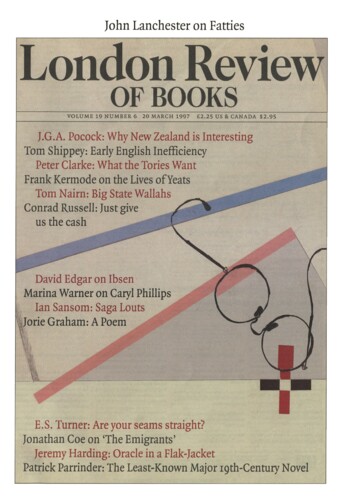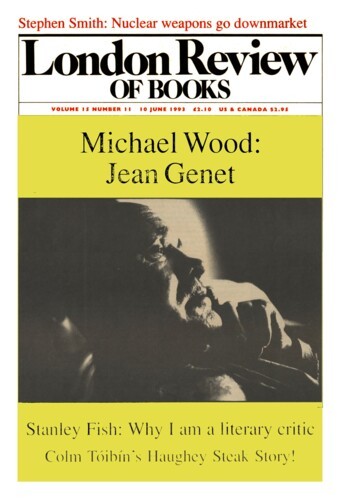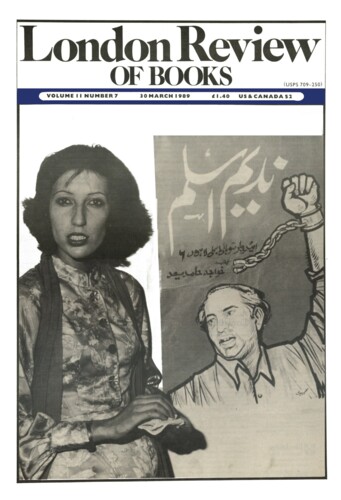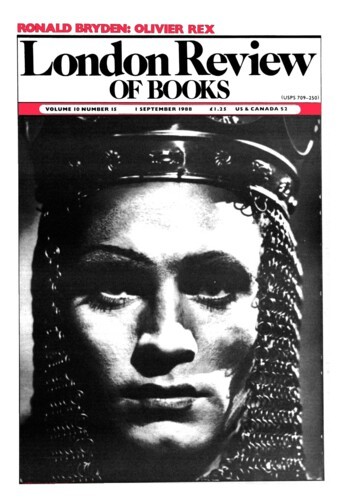This is a big book, not only in the sense that it runs to 954 pages, but also in that it contains a prodigious amount of work. All the familiar sources are here, but Dr Sharpe also draws on many manuscript collections which are less familiar because they are newly available or in remote places. He gives us many valuable ‘unconsidered trifles’. I will not soon forget the man protesting against militia rates who believed England was at peace in 1626, when it was at war with both France and Spain. The picture of Charles behaving with a gravity that spoiled the conversation at Henrietta Maria’s private supper parties, brings the couple alive. The proclamation enjoining men to keep their urine for a year for the making of saltpetre captures the impracticality which was characteristic of Charles, and government ministers of any generation will recognise the gentleman in 1640 who hoped that a Parliament would do something to stop so many sparrows eating his grain.
This is a big book, not only in the sense that it runs to 954 pages, but also in that it contains a prodigious amount of work. All the familiar sources are here, but Dr Sharpe also draws on many...





